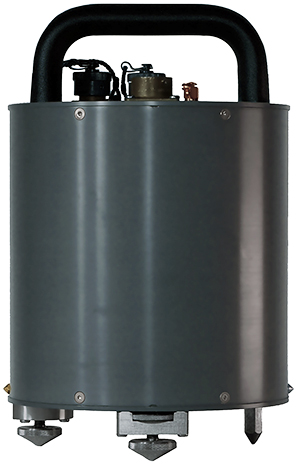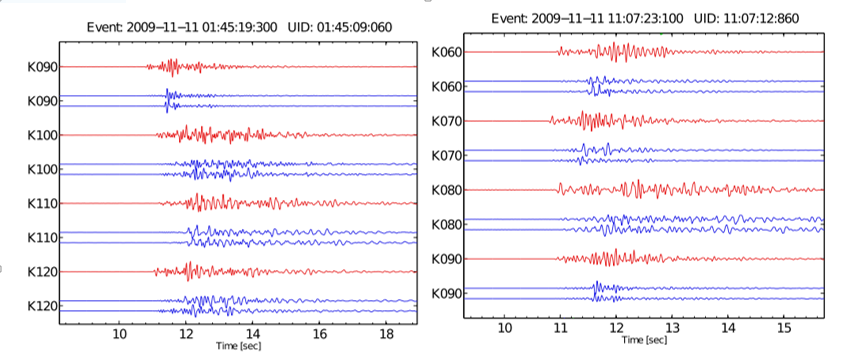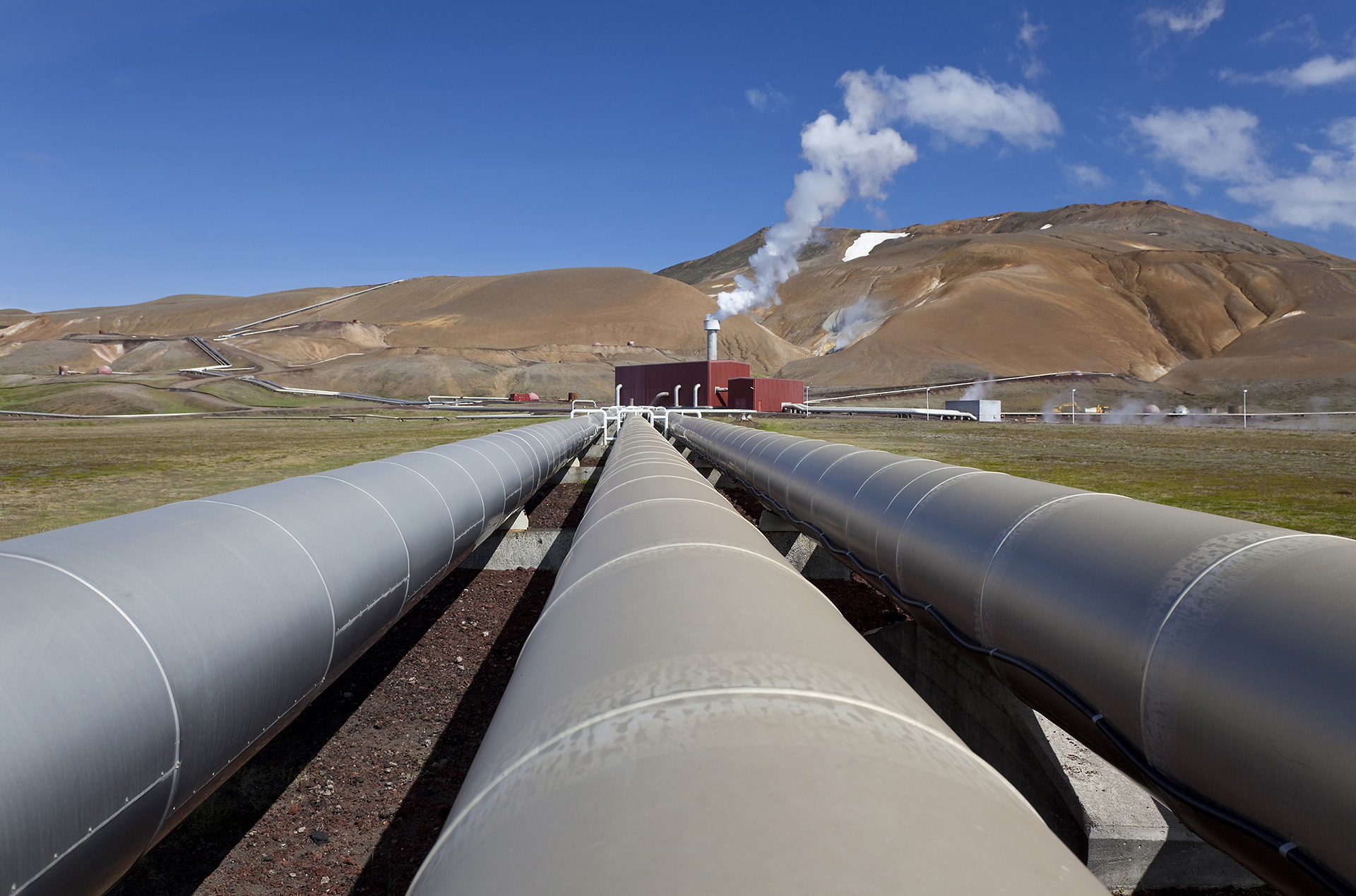Geothermal Activity in Iceland
The injection of fluids into the ground during geothermal energy exploitation can fracture the surrounding rock thereby inducing small earthquakes. Geothermal fields normally occur in tectonically-active regions which makes it difficult to determine whether earthquakes occur due to natural processes or geothermal activities caused by humans. The University of Cambridge set out to investigate this question by installing a dense array of Güralp 6TD seismometers in the Krafla volcanic region of Iceland.The Cambridge/Güralp array recorded a large number of earthquakes in the region. The majority of recorded events were located at shallow depths beneath the geothermal field. Earthquake mechanisms were found to be highly complex, consistent with the migration of fluids fracturing surrounding rocks, caused by geothermal extraction.
A seismically active location
Iceland lies on the Mid-Atlantic ridge, a major boundary separating the North America and Eurasia tectonic plates. Consequently, Iceland is a volcanically and seismically active region. One benefit for local residents is the opportunity to extract relatively cheap geothermal energy from the subsurface. Geothermal energy extraction has been shown to cause small earthquakes with magnitudes up to 2-3. These seismic events occur as a result of fluid injection into, or extraction from, the geothermal system. Because of the nature of geothermal energy, extraction typically takes place in regions that are tectonically active. Therefore, it can be difficult to distinguish between geothermally-induced and naturally-occurring seismic events.
The Krafla Power Station is a 60-Megawatt geothermal plant located within the Krafla volcano in Iceland. This region is an ideal natural laboratory to study the interplay between seismicity caused by geothermal extraction and natural earthquakes.The national seismic monitoring network operated by the Iceland Meteorological office (IMO) is sparse in the Krafla area. Therefore, the University of Cambridge undertook a project to monitor the region in more detail.

Map of fissure swarms and associated central volcanoes in Iceland. The study area is shown in the black box.
The Güralp Solution
The University of Cambridge deployed a dense array of 24 Güralp 6TD seismometers in the Krafla volcanic zone. Güralp 6TDs are one of the most robust and easily-deployable instruments on the market. The masses do not require locking or unlocking during transportation, and data in the internal hard disk can be easily recovered to an external drive. The 6TDs used in the Krafla deployment had a frequency response of 30 s (0.03 Hz) to 100 Hz, ideal for local microseismic monitoring.

Robust 6TD Seismometer
Outcome
The dense network located at Krafla detected many more events than were picked up by the IMO’s permanent network, and provided more accurate hypocentral locations of the earthquakes. Over 3,000 events were detected in the 14 months of the array’s operation.Locations of these earthquakes show that most earthquakes are located beneath the Krafla caldera in the uppermost 2-3 km of the crust.Inversion of earthquake focal mechanisms show that many seismic events have complex source mechanics. The presence of some implosive source mechanisms are consistent with fracturing due to fluid migration.
Therefore, the majority of earthquakes were interpreted to coincide spatially with the location of the main geothermal field that is being exploited by the local power company. A small number of events were also associated with drilling of geothermal boreholes.A number of small earthquakes were found to occur along fissure swarms; these events are likely to have been caused by natural tectonic processes.
Therefore, the majority of earthquakes were interpreted to coincide spatially with the location of the main geothermal field that is being exploited by the local power company. A small number of events were also associated with drilling of geothermal boreholes.A number of small earthquakes were found to occur along fissure swarms; these events are likely to have been caused by natural tectonic processes.

Examples of two local earthquakes at Krafla recording by the seismic array. Red traces show vertical component data; blue are horizontal components. Waveforms are bandpass filtered between 2-20 Hz.
References
Schuler, J., Greenfield, T., White, R.S., Roecker, S. W., Brandsdóttir, B., Stock, J. M., Tarasewicz, J., Martens, H. & Pugh, D. (2015). Seismic imaging of the shallow crust beneath the Krafla central volcano, NE Iceland, Journal of Geophysical Research, 120, 7156−7173, 10.1002/2015JB012350
Schuler, J., Pugh, D. J., Hauksson, E., White, R. S., Stock, J. M., & Brandsdóttir, B. (2016). Focal mechanisms and size distribution of earthquakes beneath the Krafla central volcano, NE Iceland, Journal of Geophysical Research, Solid Earth,121, 1–17, doi: 10.1002/2016JB013213.
Schuler, J., Pugh, D. J., Hauksson, E., White, R. S., Stock, J. M., & Brandsdóttir, B. (2016). Focal mechanisms and size distribution of earthquakes beneath the Krafla central volcano, NE Iceland, Journal of Geophysical Research, Solid Earth,121, 1–17, doi: 10.1002/2016JB013213.


